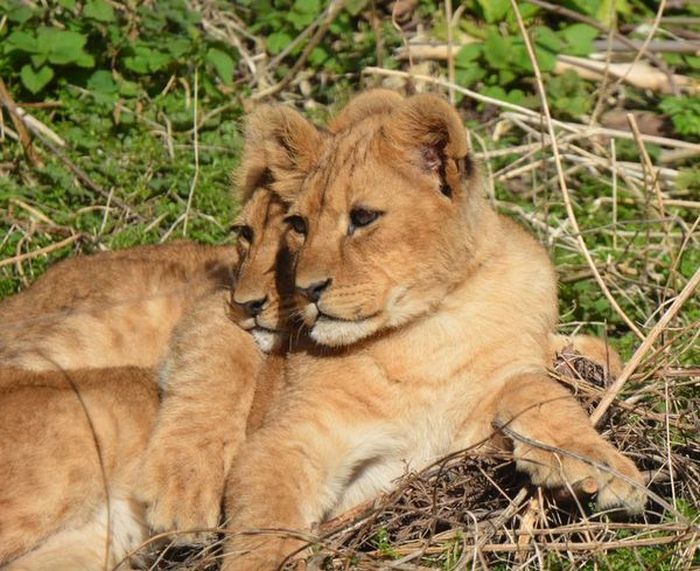|
|
Lion Cubs With A Family
|
Following the discovery of the decline of lion population in Africa, several coordinated efforts involving lion conservation have been organised in an attempt to stem this decline. Lions are one species included in the Species Survival Plan, a coordinated attempt by the Association of Zoos and Aquariums to increase its chances of survival. The plan was originally started in 1982 for the Asiatic lion, but was suspended when it was found that most Asiatic lions in North American zoos were not genetically pure, having been hybridized with African lions. The African lion plan started in 1993, focusing especially on the South African subspecies, although there are difficulties in assessing the genetic diversity of captive lions, since most individuals are of unknown origin, making maintenance of genetic diversity a problem.
Man-eaters
While lions do not usually hunt people, some (usually males) seem to seek out human prey; well-publicized cases include the Tsavo maneaters, where 28 railway workers building the Kenya-Uganda Railway were taken by lions over nine months during the construction of a bridge over the Tsavo River in Kenya in 1898, and the 1991 Mfuwe man-eater, which killed six people in the Laungwa River Valley in Zambia. In both, the hunters who killed the lions wrote books detailing the animals' predatory behavior. The Mfuwe and Tsavo incidents bear similarities: the lions in both incidents were larger than normal, lacked manes, and seemed to suffer from tooth decay. The infirmity theory, including tooth decay, is not favored by all researchers; an analysis of teeth and jaws of man-eating lions in museum collections suggests that, while tooth decay may explain some incidents, prey depletion in human-dominated areas is a more likely cause of lion predation on humans. In their analysis of Tsavo and man-eating generally, Kerbis Peterhans and Gnoske acknowledge that sick or injured animals may be more prone to man-eating, but that the behavior is "not unusual, nor necessarily 'aberrant'" where the opportunity exists; if inducements such as access to livestock or human corpses are present, lions will regularly prey upon human beings. The authors note that the relationship is well-attested amongst other pantherines and primates in the paleontological record. The lion's proclivity for man-eating has been systematically examined. American and Tanzanian scientists report that man-eating behavior in rural areas of Tanzania increased greatly from 1990 to 2005. At least 563 villagers were attacked and many eaten over this period—a number far exceeding the more famed "Tsavo" incidents of a century earlier. The incidents occurred near Selous National Park in Rufiji District and in Lindi Province near the Mozambican border. While the expansion of villagers into bush country is one concern, the authors argue that conservation policy must mitigate the danger because, in this case, conservation contributes directly to human deaths. Cases in Lindi have been documented where lions seize humans from the center of substantial villages.
|
|









